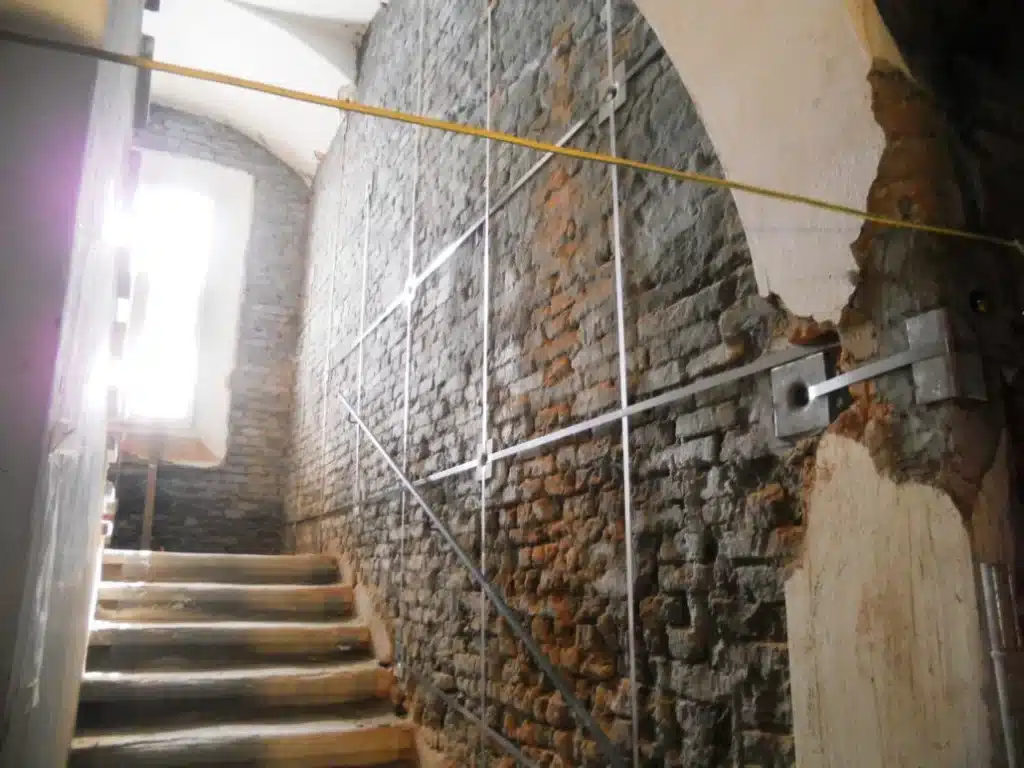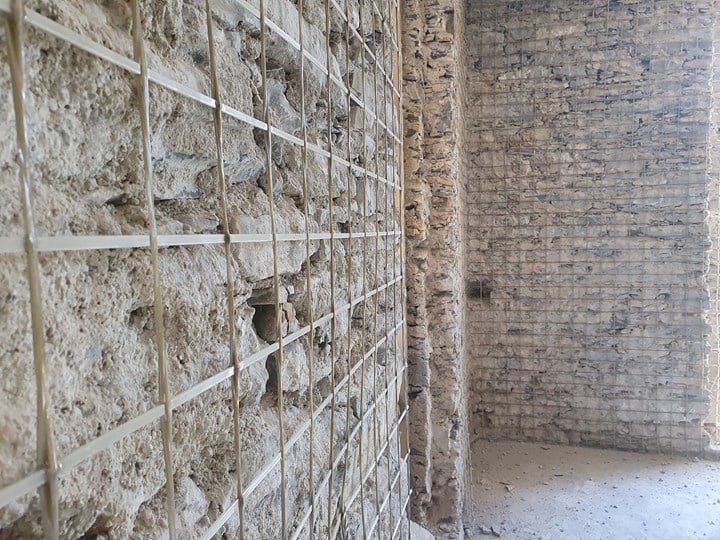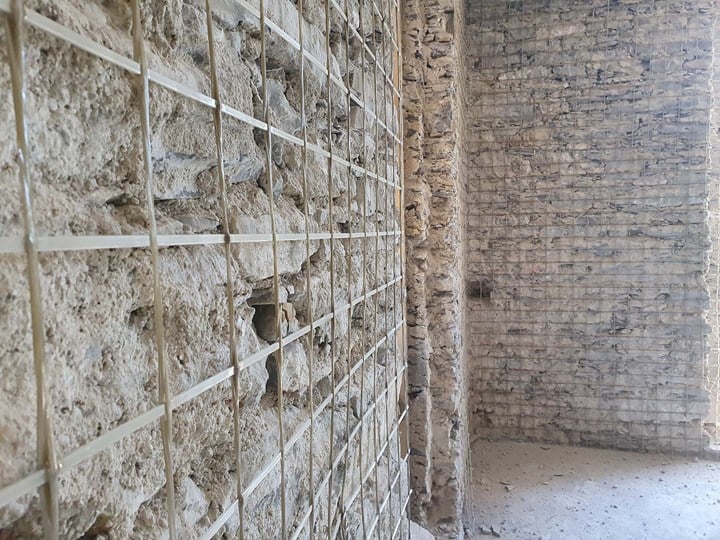A load-bearing wall is an essential element for the structural stability of a house or building. However, there may be situations where a load-bearing wall may require bracing for added strength and safety.
The evaluation should be carried out before reinforcing the load-bearing wall
Before reinforcing the load-bearing wall, it is important to observe some precautions:

- Structural Assessment: Have a thorough structural assessment of the wall’s supporting structure performed by an experienced structural engineer to determine its load-bearing capacity and identify any structural problems or weaknesses.
- Building Codes: Familiarize yourself with local building and load-bearing wall bracing codes, which may vary from location to location.
- Budget and Planning: Carefully assess your budget and plan your reinforcement work taking into account your available financial resources, as some techniques may be more expensive than others.
- Timing and structural impact: Consider the time it will take to complete the reinforcement work and any impact it may have on the structure, such as temporarily removing sections of the wall or accessing specific areas of the structure.
- Approvals and Permits: Check to see if any permits or approvals are required from local authorities for bracing load-bearing walls, as you may need to obtain planning permission or follow specific procedures to comply with local regulations.
Methods of strengthening the load-bearing wall
Effective reinforcement of the load-bearing wall is necessary to ensure its stability and durability over time. There are several techniques available to improve the structural strength of a load-bearing wall. One option is to add buttresses or piers, which are support structures designed to distribute loads evenly and reduce seismic stress. These elements can be made of steel or reinforced concrete and are firmly connected to the wall and foundation and provide additional support.
Another common method of reinforcement is the use of steel beams. These beams are placed parallel to the wall and connected to the foundation or other strong structural elements. Thanks to their high strength, steel beams help distribute the load evenly along the load-bearing wall and increase its overall load-bearing capacity.
Composite materials

Composite materials, such as carbon fiber structures, are gaining popularity as an option for supporting load-bearing walls. These lightweight but extremely strong and stiff materials can be applied to the wall surface using epoxy resins, creating an integrated strengthening system that increases the tensile strength of the load-bearing wall.
In addition, strengthening the foundations is a crucial aspect. Firm and solid foundations are necessary to ensure the long-term stability of the load-bearing wall. If the foundation is weak or damaged, it may be necessary to strengthen it by adding micropiles, tie rods or base plates. These solutions increase the bearing capacity of the foundations and effectively support the load-bearing wall.
However, in extreme situations where the load-bearing wall is seriously damaged, it may be unavoidable to proceed with removal and partial reconstruction. This type of intervention requires careful planning and in-depth structural analysis, so it is essential to rely on qualified professionals to get the job done safely and efficiently.
Do not forget that the reinforcement of the load-bearing wall is a complex task that requires specific skills and deep knowledge of structures. It is essential to observe all safety regulations and always consult a qualified professional before starting any fitting work.
Conclusion
the reinforcement of the load-bearing wall is an essential process for ensuring its stability and resistance over time. By using techniques such as adding supports, using steel beams, applying composite materials or strengthening the foundation, it is possible to significantly improve the bearing capacity of the wall and protect the structure from seismic forces. However, for a correct static assessment and implementation of the most suitable solutions, it is absolutely necessary to rely on qualified experts, which guarantees the safety and integrity of the load-bearing wall over time.
Illustrative video:

